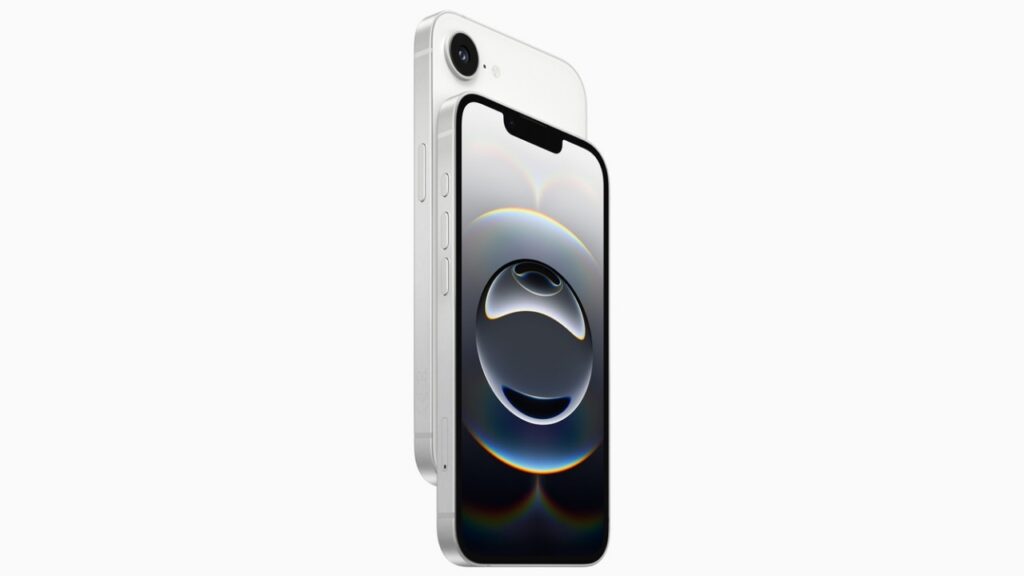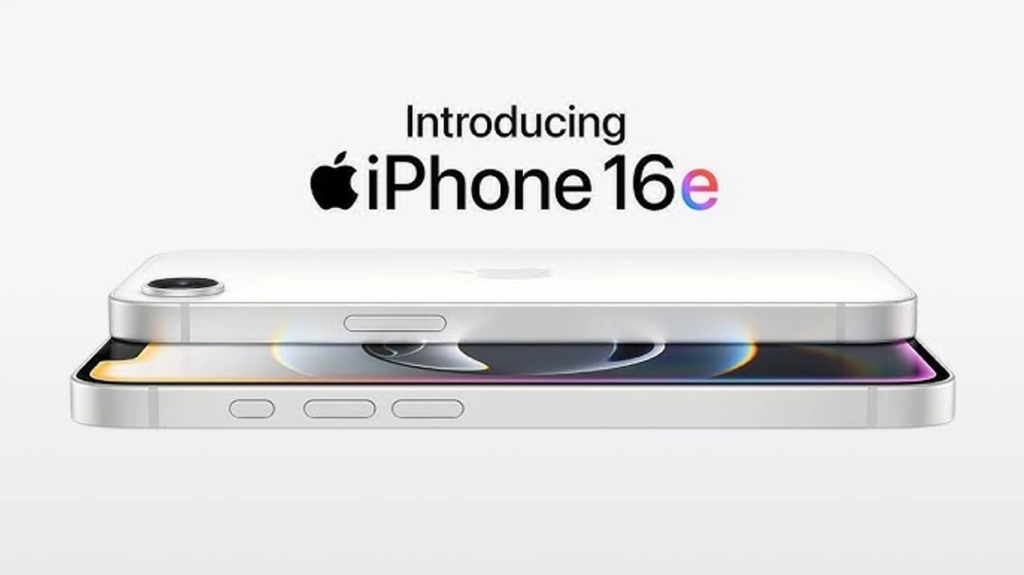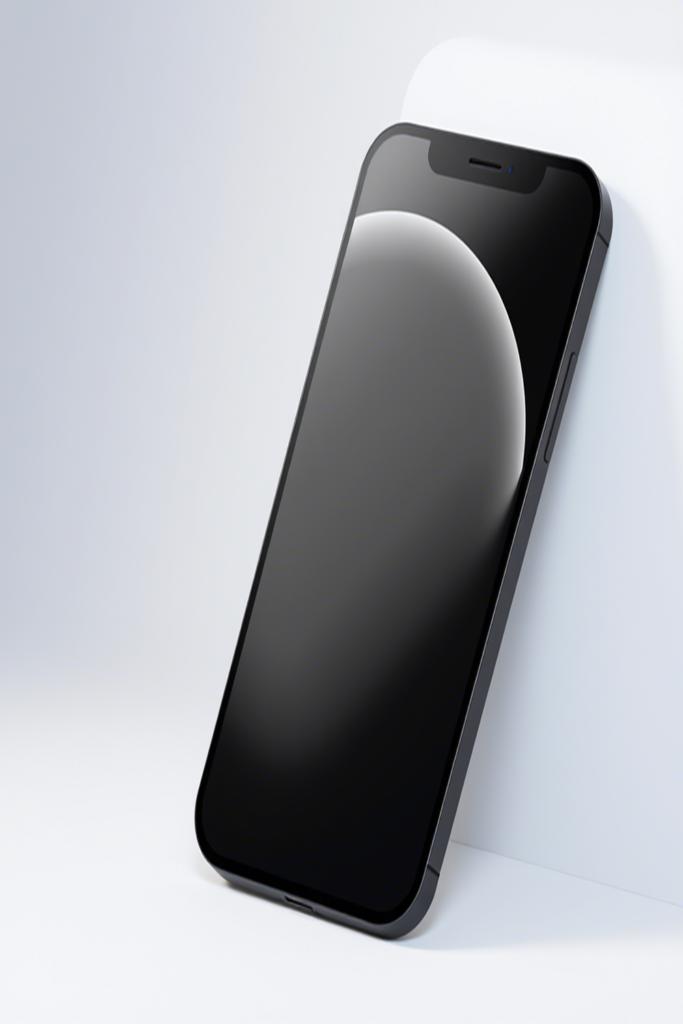Choosing between the iPhone 16e and iPhone 16 can be tricky. This guide highlights five key differences to help you decide which model suits your needs and budget best.
iPhone 16e vs iPhone 16: Key Similarities
Both models share several features, making them equally appealing in many ways:
- 6.1-inch 1080p OLED display with a 60Hz refresh rate.
- Ceramic Shield protection for scratch and damage resistance.
- Glass-metal sandwich design with IP68 water and dust resistance.
- Action Button for quick access to customizable functions.
iPhone 16e vs iPhone 16: Display and Design Differences
While the two phones look similar, there are subtle yet significant differences:
- iPhone 16: Features Dynamic Island, offering a modern, interactive experience for notifications and activities.
- iPhone 16e: Retains the notched design seen in older models like the iPhone 14.
- MagSafe and Camera Capture: The iPhone 16e lacks these features, which are present in the iPhone 16.

iPhone 16e vs iPhone 16: Performance and Hardware
The performance gap between the two models is minimal but noteworthy:
- Processor: Both use the same chip, but the iPhone 16 has a 5-core GPU compared to the 4-core GPU in the iPhone 16e.
- 5G Modem: The iPhone 16 uses the Snapdragon X75 modem, while the iPhone 16e features Apple’s in-house C1 5G modem with slightly slower speeds.
- RAM and Storage: Both start with 8GB RAM and 128GB storage, with options to upgrade to 256GB or 512GB.
iPhone 16e vs iPhone 16: Camera Capabilities
The camera setup is where the two models differ significantly:
- Main Camera: Both have a 48MP sensor, but the iPhone 16’s 1/1.56-inch sensor outperforms the iPhone 16e’s 1/2.55-inch sensor in low-light conditions.
- Ultra-Wide Lens: The iPhone 16 includes a 12MP ultra-wide lens for 3D or spatial videos, a feature missing in the iPhone 16e.
- Selfie Camera: Both models share a 12MP front camera, ensuring identical selfie performance.
iPhone 16e vs iPhone 16: Battery and Charging
Battery life and charging capabilities are nearly identical:
- Battery Life: The iPhone 16 offers 27 hours of video playback, while the iPhone 16e provides 26 hours.
- Charging: Both support 20W wired charging, but the iPhone 16’s MagSafe wireless charging supports up to 25W, compared to the iPhone 16e’s 7.5W.

iPhone 16e vs iPhone 16: Which One Should You Buy?
- Budget-Conscious Buyers: If your budget is under Rs 60,000, the iPhone 16e is a great choice, offering core features at a lower price.
- Feature Seekers: If you can stretch your budget to Rs 80,000, the iPhone 16 provides better performance, advanced camera features, and enhanced user experience.
FAQ: iPhone 16e vs iPhone 16
Q1: Is the iPhone 16e worth buying?
Yes, if you want a budget-friendly iPhone with most of the core features of the iPhone 16.
Q2: Does the iPhone 16e support MagSafe?
No, the iPhone 16e lacks MagSafe support, unlike the iPhone 16.
Q3: Which phone has a better camera?
The iPhone 16 has a superior camera setup, especially for low-light photography and ultra-wide shots.

Conclusion
Choosing between the iPhone 16e and iPhone 16 depends on your budget and feature preferences. The iPhone 16e is ideal for cost-conscious buyers, while the iPhone 16 offers advanced features for a premium experience.
In Brief: iPhone 16e vs iPhone 16: Apple Unveils iPhone 16e: Affordable Alternative to iPhone 16
Apple has introduced the iPhone 16e as a more affordable alternative to the standard iPhone 16, with notable differences in design and camera features.
Design Differences:
Display and Notch: The iPhone 16e features a 6.1-inch Super Retina XDR OLED display with a traditional notch housing the front camera and Face ID sensors. In contrast, the iPhone 16 utilizes the Dynamic Island design, an interactive pill-shaped cutout that adapts to display notifications and live activities.
pcmag.com
Build and Materials: Both models share a similar design with flat edges and an aluminum frame. However, the iPhone 16e is slightly lighter and more compact, weighing 167 grams, compared to the iPhone 16’s 170 grams.
Camera Setups:
Rear Cameras: The iPhone 16e is equipped with a single 48-megapixel wide-angle rear camera, capable of 2x lossless zoom. The iPhone 16, on the other hand, offers a dual-camera system, adding a 12-megapixel ultra-wide lens to the 48-megapixel main sensor, providing more versatility in photography.
beebom.com
Front Camera: Both devices feature a 12-megapixel front-facing camera, ensuring high-quality selfies and video calls.
In summary, the iPhone 16e offers a cost-effective option with essential features, while the iPhone 16 provides additional functionalities like the Dynamic Island interface and a more versatile camera system.
Also Read: iPhone 16e Unveiled: Bringing Power and Affordability Together